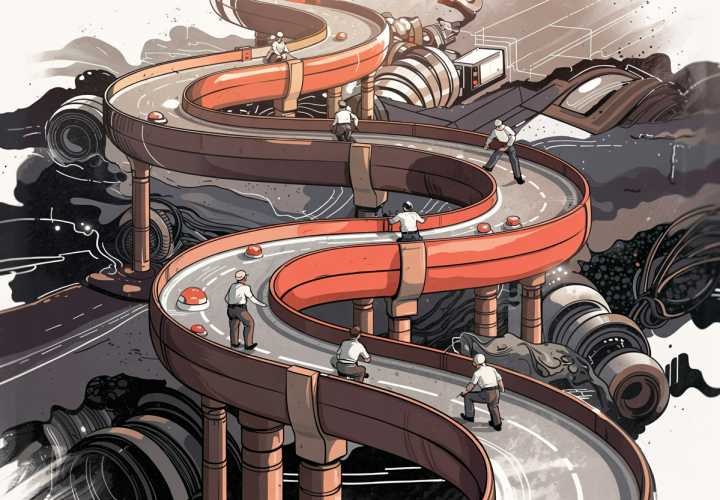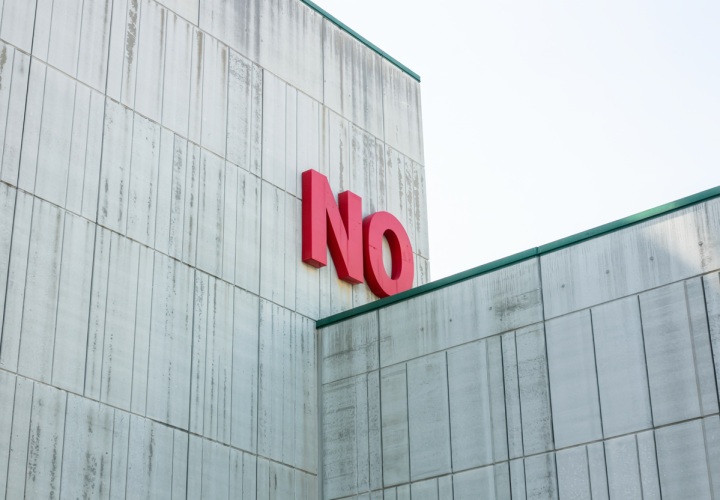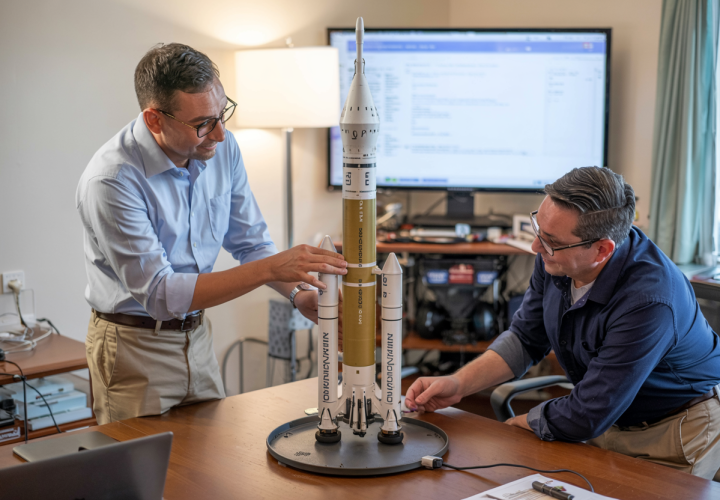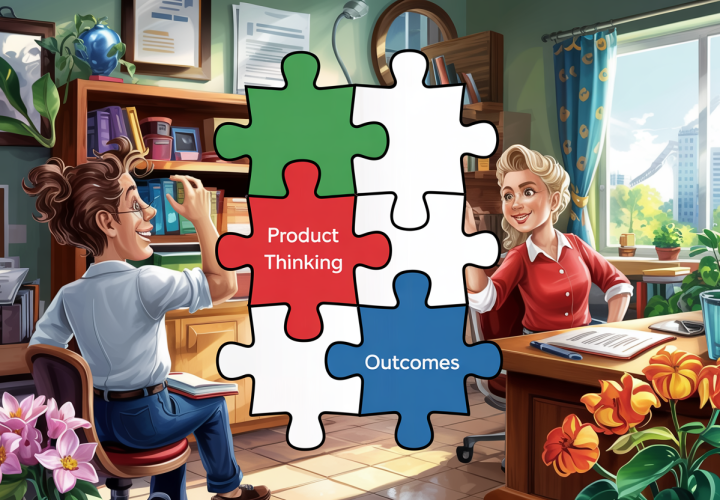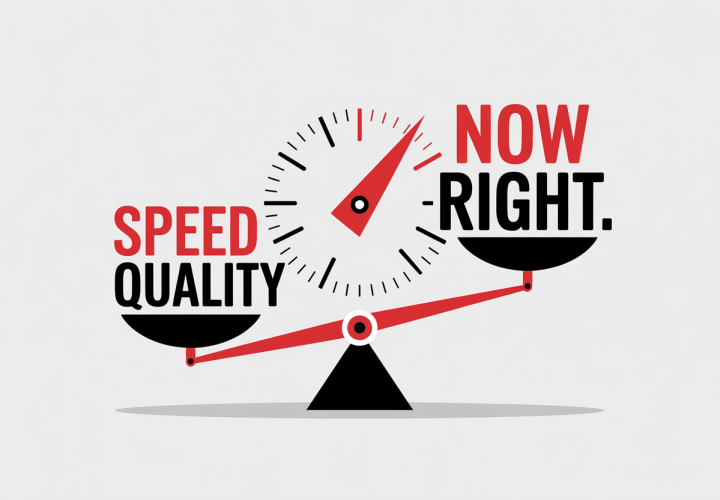The Very Real Cost of Bad Product Decisions

In the business world today, represent not only your businessnalism. In the business world today. In the business world today.
The Real Cost of Bad Product Decisions Every product team makes decisions.But not every decision is a good one. Some seem harmless in the moment.A feature added.A quick yes.A shortcut justified. But over time, these small missteps compound into something bigger: Burned-out teams Misaligned strategy Products no one wants This isn’t about blaming people.It’s about understanding the true cost of poor choices, and learning how to make smarter ones next time. Why Bad Product Decisions Happen No one sets out to make the wrong call.But pressure, process, and people can push us off track. Rushed Timelines Create False Urgency Deadlines aren’t always wrong.But when speed overrides clarity, bad decisions follow.Under pressure, teams: Skip discovery Avoid testing Default to the loudest voiceYou might ship fast—but to the wrong place. Consensus-Driven Teams Avoid Hard Calls Trying to please everyone?You’ll please no one.Endless alignment often leads to watered-down solutions.The product lacks focus, and the team loses direction.Decisions need ownership—not just agreement. Decisions Are Made Without Clear Context When teams lack insight into: The user problem The business goal The success metric…they make choices based on guesswork, which almost always misses the mark. The Hidden Costs That Add Up Fast It’s not just about bad features—the fallout hits every part of the system. Burned-Out Teams and Low Morale Shipping work that doesn’t land kills motivation.Teams start to feel like: They’re wasting effort They’re not learning Their voice doesn’t matterOver time, good people check out—or leave. Lost Trust with Customers and Stakeholders When your product underdelivers, users stop trusting your promises.Stakeholders lose faith in your roadmap, and leadership starts second-guessing everything.Regaining that trust takes way more effort than building it the first time. Strategic Drift That’s Hard to Recover From One off-strategy decision rarely causes failure.But ten small ones? That’s how teams drift away from what matters.You look up six months later and wonder:“Why are we building this?” What Great Product Decisions Look Like No team is perfect.But great product teams make decisions with purpose and feedback. Grounded in Evidence, Not Opinion They ask: What do we know? What have we seen? What’s still uncertain?And they act with data—not gut feelings alone. Tied to a Clear Vision and Outcome Every good decision should answer:“How does this move us toward our goal?”If it doesn’t, it’s noise.Vision creates guardrails, and outcome focus makes decisions sharper. Made with Confidence—And Willing to Adjust Great decisions aren’t always right, but they’re made with conviction—and a plan to learn fast.That balance keeps teams moving without getting stuck. How to Avoid Bad Product Decisions Before They Happen You don’t need a perfect track record—you need a better process. Slow Down to Clarify the Real Problem Pause before jumping to solutions.Ask: What are we actually solving? Who’s feeling this pain? What will success look like?This clarity prevents waste before it starts. Use Decision Frameworks to Stay Aligned Good frameworks remove the guesswork.Try: RICE Kano Value vs. Effort Assumption MappingThey help teams stay consistent and focused—even under pressure. Build in Feedback Loops to Learn Early Don’t wait for the launch to learn.Test early, measure small, and adjust quickly.Feedback loops make even a wrong call a step forward. Smart Products Come from Smart Decisions Every bad product decision has a cost, but every team can get better at making the right ones.That starts with: Clarity of purpose Discipline in process Courage to slow down before speeding upBecause in product work, what you say “yes” to matters—but what you decide not to do matters even more.

